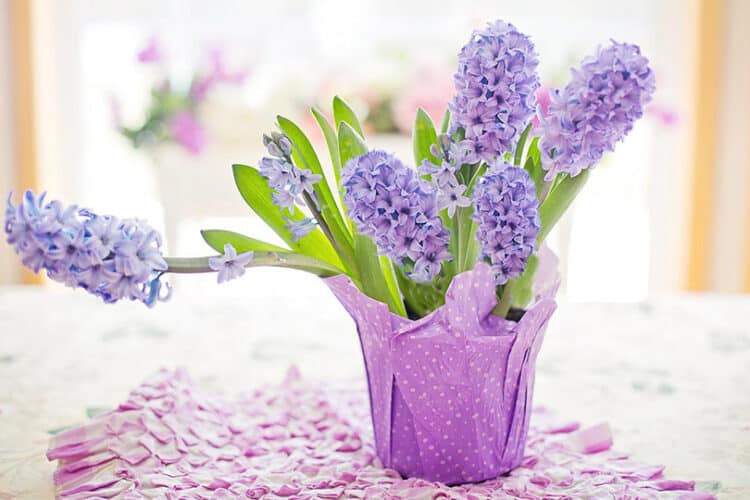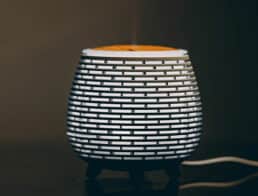Hyacinth plants are beautiful when they bloom and can spruce up any basic garden and turn it into a relaxing oasis. They also happen to be easy to grow. However, hyacinths tend to be a concern for cat owners because it’s thought that such plants are poisonous to felines. Is there any truth to this? The short answer is yes. Cats are susceptible to being poisoned by hyacinths, so it’s important to learn all about the topic to ensure that your kitty stays safe in your garden and neighboring spaces. Here’s what you should know.
What Are Hyacinths?
Popular for blooming in a variety of different colors, including blue, pink, purple, and yellow, hyacinths are bulbous flowers that have vibrant petals and long, strong stems. These flowers are part of the lily family and are popular in household gardens because they don’t require much care and maintenance to thrive.
Hyacinths emit a sweet fragrance that will keep any yard smelling nice during the blooming season. They can bloom for several years before they must be replaced, which makes them a great economical investment. They prefer to live under full sunlight and within fertile soil that drains easily.

Why Are Hyacinths Poisonous to Cats?
Hyacinths contain alkaloids such as allergenic lactones, which are toxins that are extremely irritating to the digestive system and can lead to systemic poisoning. The toxins can start irritating a cat as soon as they ingest them. The first symptom of hyacinth poisoning is irritation of the mouth. Your cat might use their paw to try to wipe or swipe at their mouth in an attempt to get relief.
What Are the Symptoms of Hyacinth Poisoning?
Hyacinth is toxic to cats and it also affects dogs and horses. According to the ASPCA, there are many symptoms of hyacinth poisoning, including the following:
- Intense vomiting
- Diarrhea
- Tremors
- Depression
It is important to contact your veterinarian or a pet poison control center as soon as possible if you suspect that your kitty has eaten a hyacinth. The professional whom you speak with should be able to provide effective treatment recommendations or direct you to the nearest emergency center if necessary.

Keeping Your Cat Safe From Hyacinth Poisoning
The best way to keep your cat safe from hyacinth poisoning is to keep them indoors. This way, even if you don’t grow hyacinths yourself, you don’t have to worry about your furry family member wandering into a neighboring yard where hyacinths grow. If keeping your cat indoors is not possible, consider buying or building them an outdoor catio or catwalk.
A catio can be small enough to fit on a windowsill, which is perfect for apartment living, or it can take up an entire backyard! If a catio or catwalk is not feasible, keep your cat indoors to maintain their safety from the outdoor elements. You can have a variety of cat-friendly plants available indoors to give them the feeling of being outside. These options include:
- Rattlesnake plants
- Parlor plants
- African violets
- Venus flytraps
- Polka dot plants
- Bromeliads
- Date palms
- Prayer plants
Growing pet-friendly plants around your house will help bring the outdoors in, which can be beneficial for both you and your kitty as time goes on. The plants can help bring joy and stress relief to the space, which everyone in the household can appreciate.
Final Thoughts
Cats are susceptible to hyacinth poisoning, but that doesn’t mean your kitty will die if they happen to come across the plant. That said, it is important to contact a pet healthcare professional as soon as possible if you suspect that your cat has been poisoned by a hyacinth. This will help ensure that you and your kitty get through the experience quickly and safely.
Featured Image Credit: Pixabay














